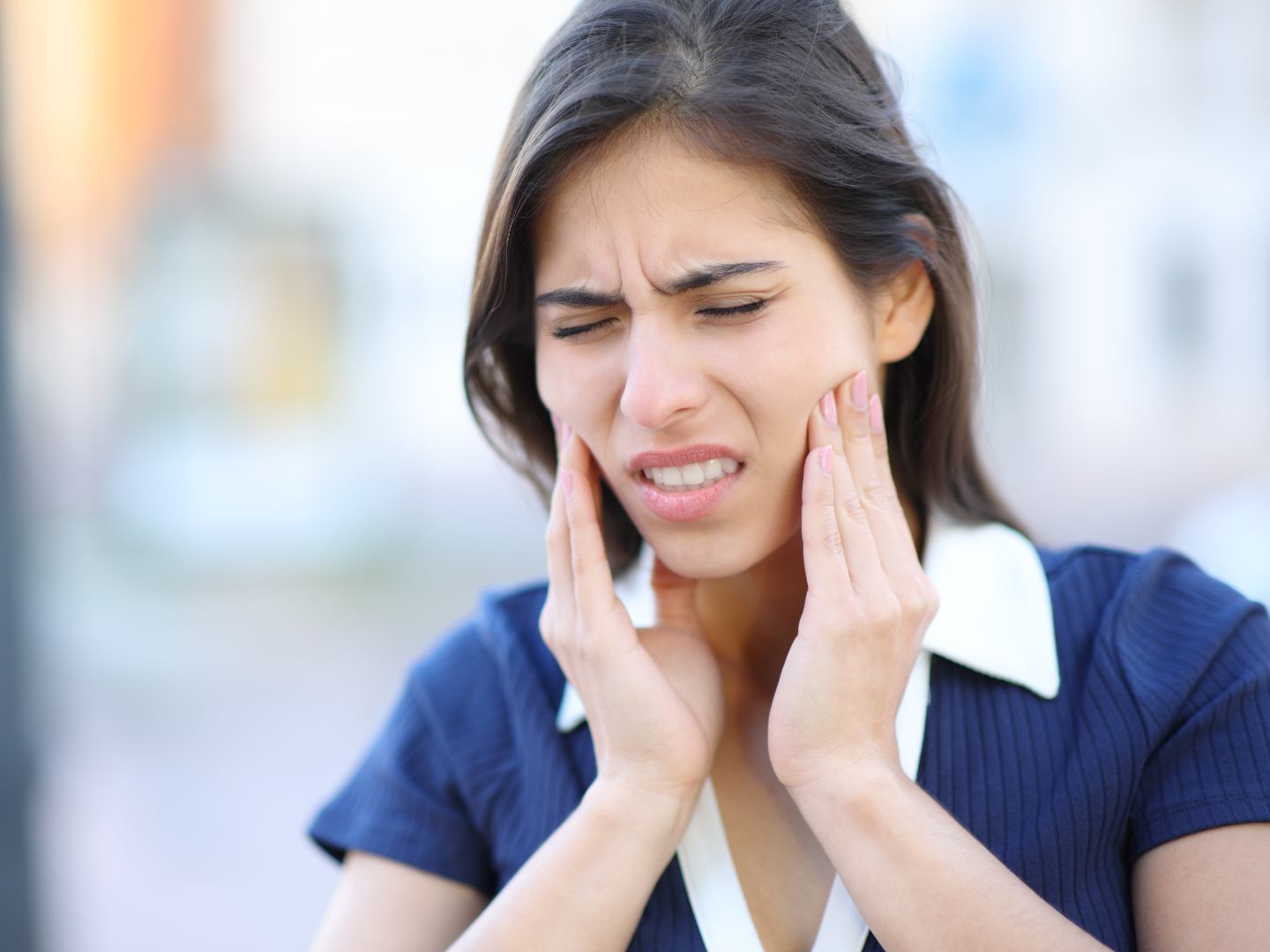TMJ Dysfunction

WHAT YOU SHOULD KNOW
Your dentist, oral surgeon, orthodontist, or physician can conduct an initial screening to determine if you have TMJ dysfunction and how severe it is. To create a comprehensive treatment plan, we might consult with other dental specialists, physicians, or psychologists. A thorough examination, like the ones we provide, can offer a complete picture of your condition.
A typical evaluation of the TMJ includes a full oral examination. We check for muscle tenderness and listen for any sounds the joints might make when you open your mouth. We assess the jaw's range of motion, any deviation to one side during opening, and any discrepancies in your bite (occlusion). We also look at your overall skeletal alignment.
If necessary, after a thorough examination, we proceed with a complete radiographic examination using cone beam CT imaging as the standard of care. This imaging gives us clear pictures of the joint components and their health.
Since stress can sometimes contribute to TMJ disorders, we may also inquire about your work, family life, and other potential sources of stress.
The temporomandibular joint, or jaw joint, is one of the most unique in the body. It's essentially two joints in one. Because we have two jaw joints – one on each side of the head, connected by the lower jaw – it is a double-double joint. The two temporomandibular joints can vary in size, shape, and function.
What is TMJ dysfunction?
For reasons that differ from one person to another, one or both temporomandibular joints may not move correctly. This relatively common issue is known as TMJ Dysfunction.
Who is affected by TMJ dysfunction?
TMJ dysfunction can affect people of any age, but it tends to become more likely as a person gets older. If left untreated, it often develops into a more serious problem. Women seem to be more affected by this condition than men. Additionally, individuals with any type of arthritis are more prone to experiencing TMJ symptoms.
What type of treatment will be necessary?
Treatment for TMJ can range from simple self-care practices to more comprehensive therapies.
Often, the most effective treatments are things you can do yourself, such as physical therapy, exercises, nutrient therapy, and stress reduction techniques. We may start with some of these methods or combine them with a more traditional treatment plan.
A common treatment is the use of a repositioning appliance or splint, designed to adjust a patient’s bite (occlusion) and jaw posture to aid proper TMJ function.
Physiotherapy is often necessary to restore comfort and function to the muscles. This may include treatments like moist heat, ultrasound, transcutaneous electro-neural stimulation (TENS), or electro-galvanic stimulation (EGS).
If these conservative approaches are insufficient, we might suggest consultation with other specialists.
We establish an orderly, step-by-step evaluation and treatment plan to provide the most effective care for each patient.
What are the symptoms of TMJ dysfunction?
Each person affected may experience one or a combination of these common symptoms:
- Pain of varying intensity around one or both ears, in the temples or in the neck
- Popping or grating sensations in the joint during movement
- Restrictions of normal opening and jaw movements
- Severe or recurring headaches
- Inability to close the teeth together without pain, dislocating or locking the jaw
- Occasional hearing loss or pain in the ears
- Dizziness and ringing ears
What causes TMJ Dysfunction?
TMJ dysfunction can occur by itself or be a part of a more complex problem. Some of the causes may be:
- Trauma, such as an automobile accident
- Neuromuscular imbalances
- Inflammation of the joint
- Rheumatoid arthritis
- Osteoarthritis (degenerative)
- Clenching and grinding of teeth
- Improper bite
- Nervous habits
- Psychological factors, including stress
TMJ Self Test
Does finger pressure applied at these areas cause pain?
Temples
TMJ
Cheek Muscles
SM Ligament
If any of these areas are painful to pressure, further evaluation and testing should be completed.
Contact Us
(405) 321-8030
Monday 8A-4P
Tuesday 8A-4P
Wednesday 8A-4P
Thursday 8A-4P
Friday 8A-12P
(Business Office Only)